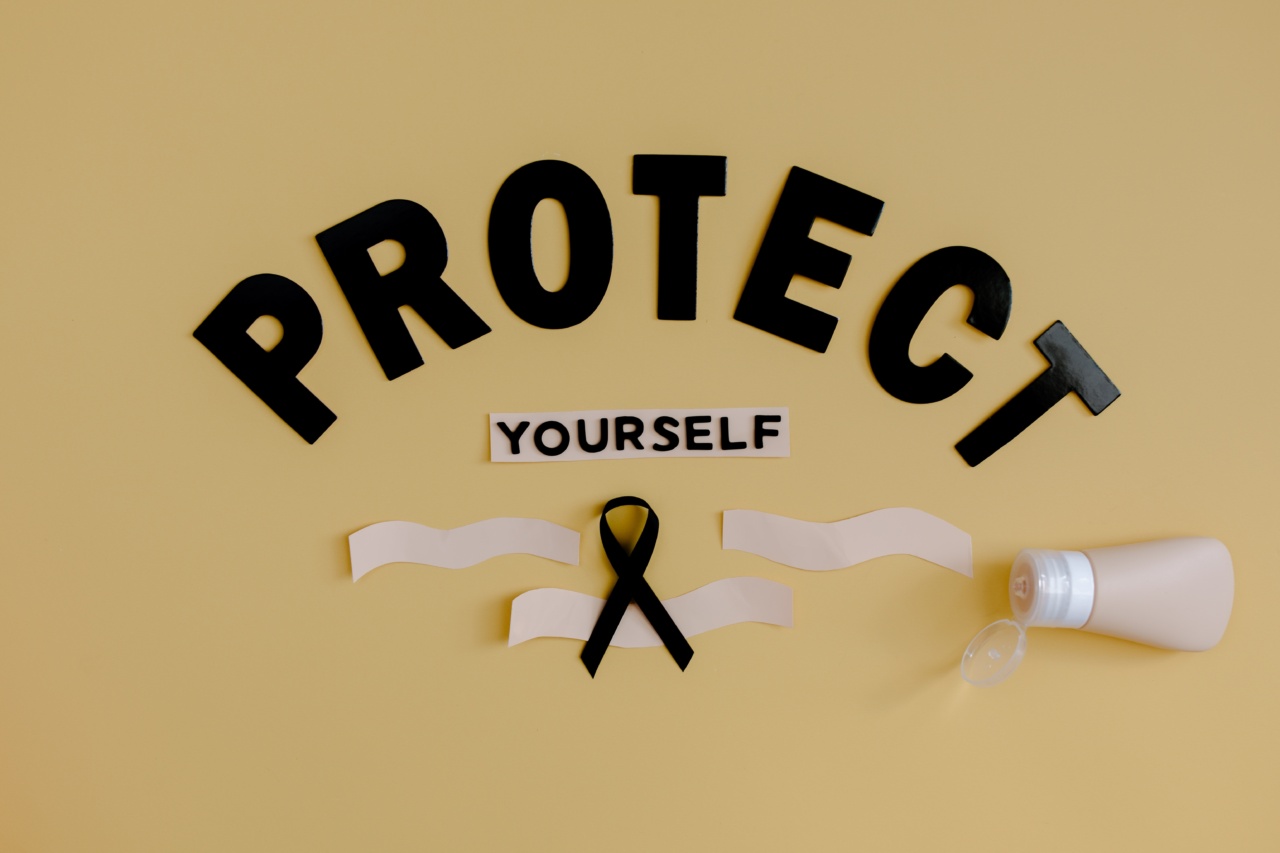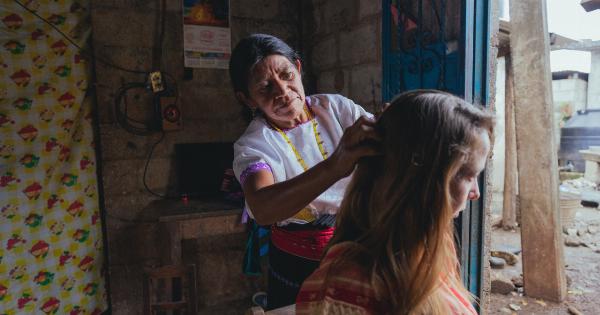Heart attack, also known as myocardial infarction, is a serious medical condition that arises when blood flow to a portion of the heart is blocked. It typically occurs when a plaque buildup in the arteries reduces the flow of blood to the heart muscle.
If not acknowledged and treated promptly, it can lead to severe and permanent damage to the heart or even death. However, the majority of people ignore the critical warning signs of an impending heart attack, mostly because they are not aware of them.
Surprisingly, many of the warning signs of a heart attack can show up on your skin long before the actual event occurs.
Knowing these early warning signs and understanding the changes that take place in the skin can help you recognize a potential heart attack and get proper medical care in time.
10 Warning Signs of an Impending Heart Attack in Your Skin
1. Cold Sweats
If you suddenly experience drenching cold sweats without any obvious cause or explanation, you might be suffering from an impending heart attack.
Sweating is a response to physiological stress, which can be caused by the restricted blood flow to the heart. If you are experiencing cold sweats that appear on your forehead or neck, it could be an early warning sign of a heart attack.
2. Pale or Blue Tinted Skin
If the skin around your lips, fingertips, or toes takes on a pale or bluish tint, it might indicate an impending heart attack.
This discoloration occurs when there is an insufficient supply of oxygen-rich blood to the skin, indicating a possible blockage of the coronary arteries.
3. Unusual Hair Growth
If you notice unusual hair growth on your toes or feet, it might be a warning sign of peripheral arterial disease, a condition that occurs when arteries in the extremities, especially the legs, are blocked.
Although this is not a direct warning sign of a heart attack, peripheral arterial disease is frequently linked with coronary artery disease, which can lead to a heart attack.
4. Rash or Lesions
If you notice a rash or lesions that suddenly appear on the skin and do not go away, it could be an early warning sign of a heart attack.
A study conducted by the American Journal of Medicine has found that individuals who experienced an acute heart attack showed a higher incidence of previously undiagnosed skin disease on their chest and back.
5. Swelling
Swelling is another early warning sign of an impending heart attack. Swelling occurs due to the buildup of fluids in the tissues, and it is often seen in the ankles, feet, and legs.
If you experience sudden swelling in any of these areas without any apparent injury, it might indicate that the heart is struggling to pump blood efficiently.
6. Skin Dryness or Itching
If you have dry, flaky, or itchy skin that persists despite using several lotions or moisturizers, it could be due to poor circulation and a potential warning sign of an impending heart attack.
The skin may be poorly oxygenated and may not get enough nutrients, leading to dryness and itchiness.
7. Hives or Rashes
If you frequently or suddenly break out in hives or rashes, it could be an indication of a hidden heart problem.
A study published in the International Journal of Cardiology suggests that chronic hives could indicate a heightened risk for heart disease and blood vessel problems like a heart attack or stroke.
8. Redness or Rosacea
If you have persistent redness or rosacea, a common skin condition that causes redness and inflammation on the face, it could be linked to a higher risk of developing heart disease.
Rosacea is a disorder of the blood vessels that leads to the dilated appearance of blood vessels and redness. It encourages the formation of plaque in the blood vessels and leads to inflammation, which can heighten the risk of a heart attack.
9. Yellow Bumps or Lesions
If you see yellow bumps or lesions, particularly around the eyes, it may indicate a condition known as xanthelasma. Xanthelasma is a yellowish deposit of cholesterol found on or under the skin.
Although the correlation between xanthelasma and heart disease is not yet clear, many researchers suggest that this condition could be a marker for future heart disease and should not be ignored.
10. Slow-Healing Wounds
If you have slow-healing wounds or sores on your skin, it could be due to a slow flow of blood to the affected area. Inadequate blood flow can restrict the proper delivery of oxygen and nutrients to the affected area, slowing down the healing process.
Such wounds can, in turn, be a sign of an underlying heart problem.
Conclusion
The skin is the largest organ in the body and a good reflection of your overall health. Paying attention to the subtle changes that take place on your skin can help you identify potential health problems like an impending heart attack.
Fortunately, most of these warning signs are easily identifiable, and with prompt medical attention, it is possible to stop a heart attack in its tracks. Therefore, if you have observed any of the above warning signs, consult your doctor immediately to ensure a healthy and fulfilling life.



























